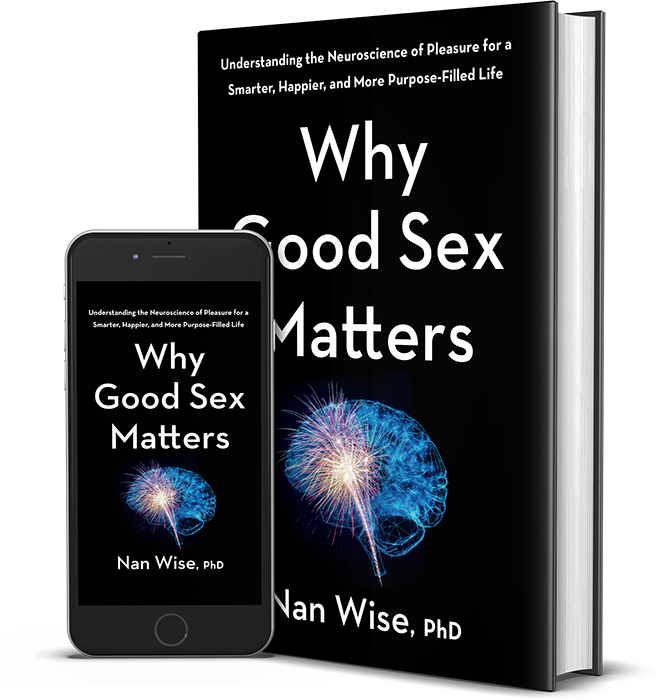Everyone deals with challenges and problems, many of which are easily solved. However, every so often there is a situation that’s out of our control. While we might feel helpless, how we choose to mentally and emotionally respond is completely within our control and this is what I call Radical Acceptance (my mental technique to overcome pain and anxiety).
- Suffering is Optional, Pain Is Not
- Radical Acceptance Is Not Resignation
- Radical Acceptance Takes Practice
- Radical Acceptance Is Not Easy
Suffering is Optional, Pain Is Not
Accepting Reality
Wanting to avoid pain is natural. After all, who really wants to experience disappointment, heartbreak, or loss? Pain comes along with the territory of being a human being It gives us important information. It’s an inevitable and necessary part of living and loving.
So when we refuse to allow ourselves to experience pain, we’re refusing to accept the truth of the situation (ie. you were cheated on, a parent/child passed away) and it’s not going to make the situation any less real.
And what we resist, persists. By blocking how we feel by refusing to experience the pain, anger or sadness, or by avoiding negative feelings by using drugs, alcohol, or other compulsive practices to distract or numb ourselves, we interfere with healing. Feeling our feelings is a big step in helping us transform our pain into acceptance which permits us to get over it. Getting sad enough helps us cope with grief. Getting angry enough allows us to get over being hurt. Not accepting that pain comes along wtih living keeps us from dealing with it. This creates suffering. Suffering can turn into bitterness, emotional numbness, and anxiety, which can lead to stress, which can result in physical deterioration. I could go on but you get the picture.
Take this quiz to see how severe your anxiety may be. Please note: this is not an official diagnosis, but simply a self evaluation so you can considering reaching out for the help you may need.
Radical Acceptance Is Not Resignation
What is Resignation?
There’s a fine line between resignation and acceptance. Resignation is a sense of feeling defeat. It’s passivity. It’s the belief that you are incapable of producing change. It’s giving up. It’s total helplessness to a situation. It’s the white flag.
It’s most often followed by shame as an emotional response. “I shouldn’t be sad about this…I just need to get over it. There’s no use in feeling this way.”
It prematurely shuts off our emotions and resigns our right and need to feel.
And if you were thinking that it’s starting to sound a whole lot like avoiding pain, you’re exactly correct.
That’s why it’s not a solution. It’s a self-negating cycle that doesn’t allow you to heal and grow
What is Radical Acceptance?

Radical acceptance is active. It’s acknowledging your lack of control over a situation while also actualizing your power in the response.
Let’s say you were fired from your dream job without a real reason. Resignation would have you shut the anger off and tell you there’s nothing that can be done. Radical acceptance would have the anger empower you to honestly analyze your total performance and how you can bring that 2.0 version of yourself to the next position.
Radical Acceptance allows you to validate your feelings. Fired without notice? You have every right to be angry. Now it’s your choice to either brush it under the rug with resignation (which prevents you from learning from the experience so it can potentially happen again) or embrace it and have it move you to action.
Validation of your own emotional experience is key! Think of your feelings as a compass on the road of healing – to guide you on how to move forward. You can also think of your feelings as landmarks – they remind you of where you’ve been and what you’ve learned through your experiences. You can ground yourself in being confident that you can listen to your emotions, tolerate them, and feel them all the way through. And you can do the same with others. Listen to their feelings and tolerate them. This is a superpower–that will allow you to move beyond pain and accept that life comes with catastrophe, plus tons of joy and pleasures as we become better at the fine art of radical acceptance.
Radical Acceptance Takes Practice
Radical acceptance won’t happen overnight. It will take time, intention, and you may stumble.
Take for instance when your child gets incredibly frustrated when he or she can’t get what they want. They get angry and head toward a tantrum. As a parent, it is hard to watch a child be so upset. We get triggered ourselves. We might get mad and want to react negatively. Or we get triggered by their pain and want to give in. By nature, we feel each other’s feelings. But what do we teach a child by either lashing out or by giving in? We teach them not to tolerate their own emotions. By taking a deep breath, we can remind ourselves that children get frustrated. We can tolerate and accept their upset, and our upset about their upset. Even if it allows us to remain calm just a few seconds longer each time this happens, we are building up our ability to practice radical acceptance (of feelings) that will set up heatlhy emotional habits going forward for all of us.
Radical Acceptance is Not Easy

Learning how to deal with pain and tragedy in a productive manner is no easy task, but there are some tips I’ve shared with my therapy patients (myself included) that have made things easier. As someone who has battled anxiety and have had my fair share of heartache, I’ve used these techniques for myself and my clients to help them manage the symptoms when they arise.
Watch my short video in the blog linked below on how to manage your breathing and radically accept the situation you may be experiencing.
Take this quiz to see how severe your anxiety may be. Please note: this is not an official diagnosis, but simply a self evaluation so you can considering reaching out for the help you may need.




